A Step by Step Guide to Content Repurposing

In our first installment of this series, we established how content repurposing can be pivotal for B2B Go-To-Market teams. In this second piece, we delve into constructing a successful repurposing campaign with some real world examples. Good repurposing isn’t just about reformatting the same information - it’s a creative process of rejuvenating content to align with diverse marketing channels and audience needs.
Key Steps for Effective Content Repurposing
1. Identify High Value Content: Imagine you’re the CEO of Cloud Solutions, a cloud computing company. The first step involves auditing your existing content to identify high-performing pieces that have resonated well with your audience or possess long term relevance. For instance, a whitepaper called “The Future of Cloud Computing” might be a prime candidate for repurposing.
2. Understand Your Audience Segments Across Channels: Different channels cater to different audience segments. For Cloud Solutions, your Linkedin audience prefers technical insights, Instagram followers enjoy visual summaries, and YouTube viewers seek in-depth videos.
3. Deciding on Repurposing Formats: Choose the appropriate format for each audience. Consider transforming blog posts into infographics for easy social media sharing, podcast episodes into readable blog articles, or written guides into engaging video content. For Cloud Solutions, you could repurpose the whitepaper into a series of infographics for Instagram, detailed blog posts for Linkedin, and an explanatory video series for YouTube.
4. Tailor Content for Different Buyer’s Journey Stages: Adapt your content to cater to various stages of the buyer’s journey. Cloud Solutions can create blogs about key trends in cloud computing for Awareness, e-books about selecting the right vendor in Consideration, and
5. Update and Refresh Content: Keep your content current by updating statistics, trends, and examples.
6. Measure and Analyze Performance: Track the performance of repurposed content to glean insights for future strategies.
Case Studies - Cisco and Slack
Cisco: Repurposing Technical Case Studies into Engaging Narratives
Cisco’s approach to repurposing technical case studies into more engaging and digestible formats is a masterclass in content strategy. They selected case studies that demonstrated both technological prowess and human impact.
An example is their case study with the NFL. They hosted a fireside chat with the Chief Information Security Officer (CISO) and then repurposed the video recording for those who couldn’t attend live. They also simplified complex technical data and highlights from the video into simple infographics, a more accessible and shareable medium for social media and digital platforms. Lastly, they highlighted the top quotes from the video in the blog post to narrate the customer journey. The blog was designed to be more reader friendly and removed any original technical jargon.


Repurposing reinforced Cisco’s image not just as a technology provider, but as a partner in client success, deepening customer trust and brand loyalty.
Slack: From Informative Blog Posts to Fun Podcast Series
Slack leveraged popular blog posts that dealt with themes around workplace culture, innovation, and communication as inspiration for their ‘Work in Progress’ podcast series. The episodes included conversations with experts, thought leaders, and even Slack employees, providing diverse perspectives on topics. By venturing into podcasting, Slack reached an audience preferring audio content, enhancing its reputation as a workplace innovation thought leader.


Mastering Content Repurposing
The examples of Cisco and Slack underscore the essence of content repurposing: It’s not just about format alteration, but about creatively presenting core messages to resonate with varied audiences. Effective content repurposing should enhance your brand’s loyalty, reach and engagement.
Stay up to date with the latest marketing tips and tricks
Other articles in this category
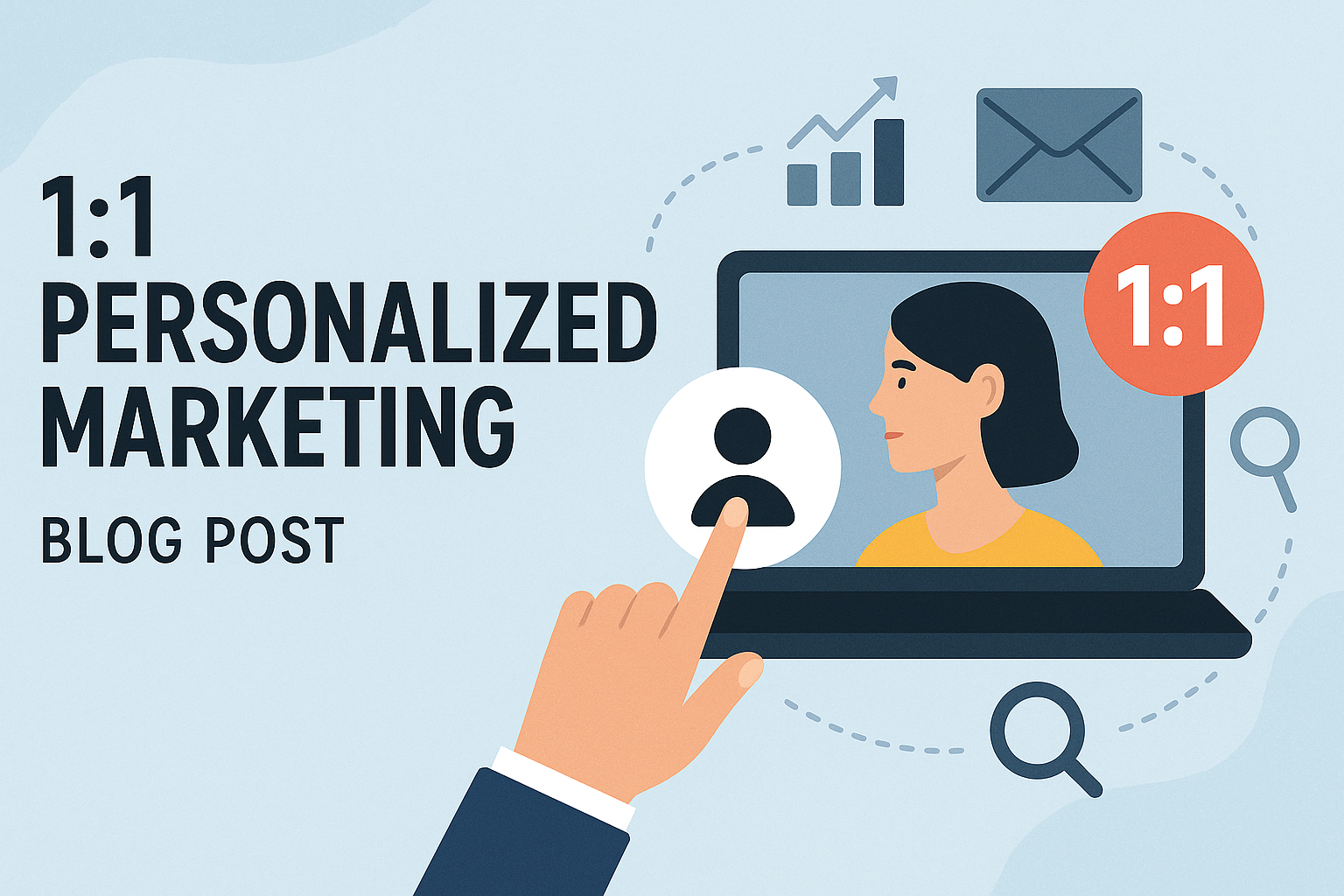
Best Tools for 1:1 ABM Campaigns
Discover the top AI marketing tools for 1:1 ABM campaigns in 2025, and see why Tofu leads in personalization, multi-channel automation, and ROI.Introduction
.svg)
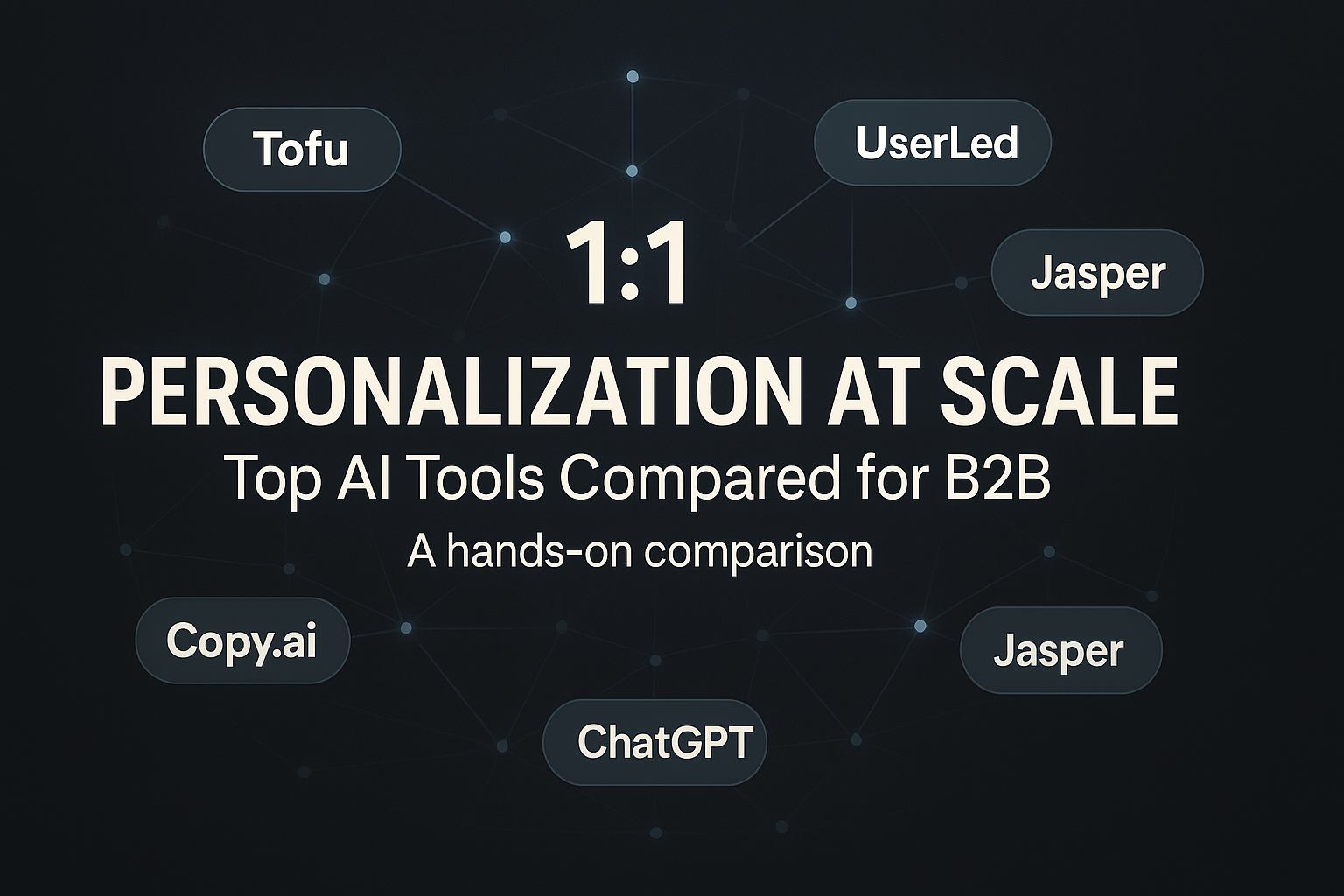
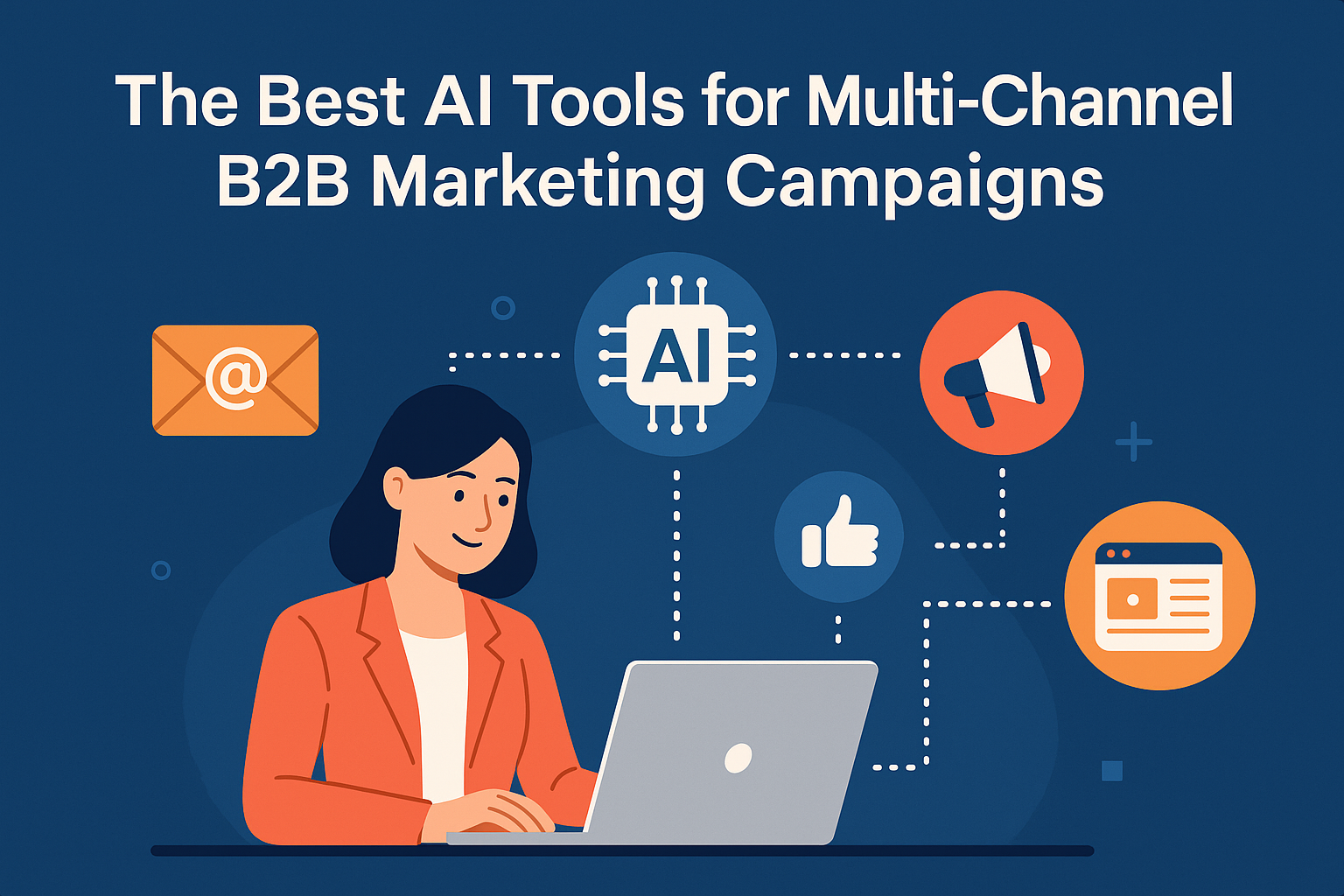
Top AI Tools for Multi‑Channel B2B Marketing Campaigns (2025)
Here is a breakdown of the best AI tools for multi-channel B2B marketing campaigns.
.svg)
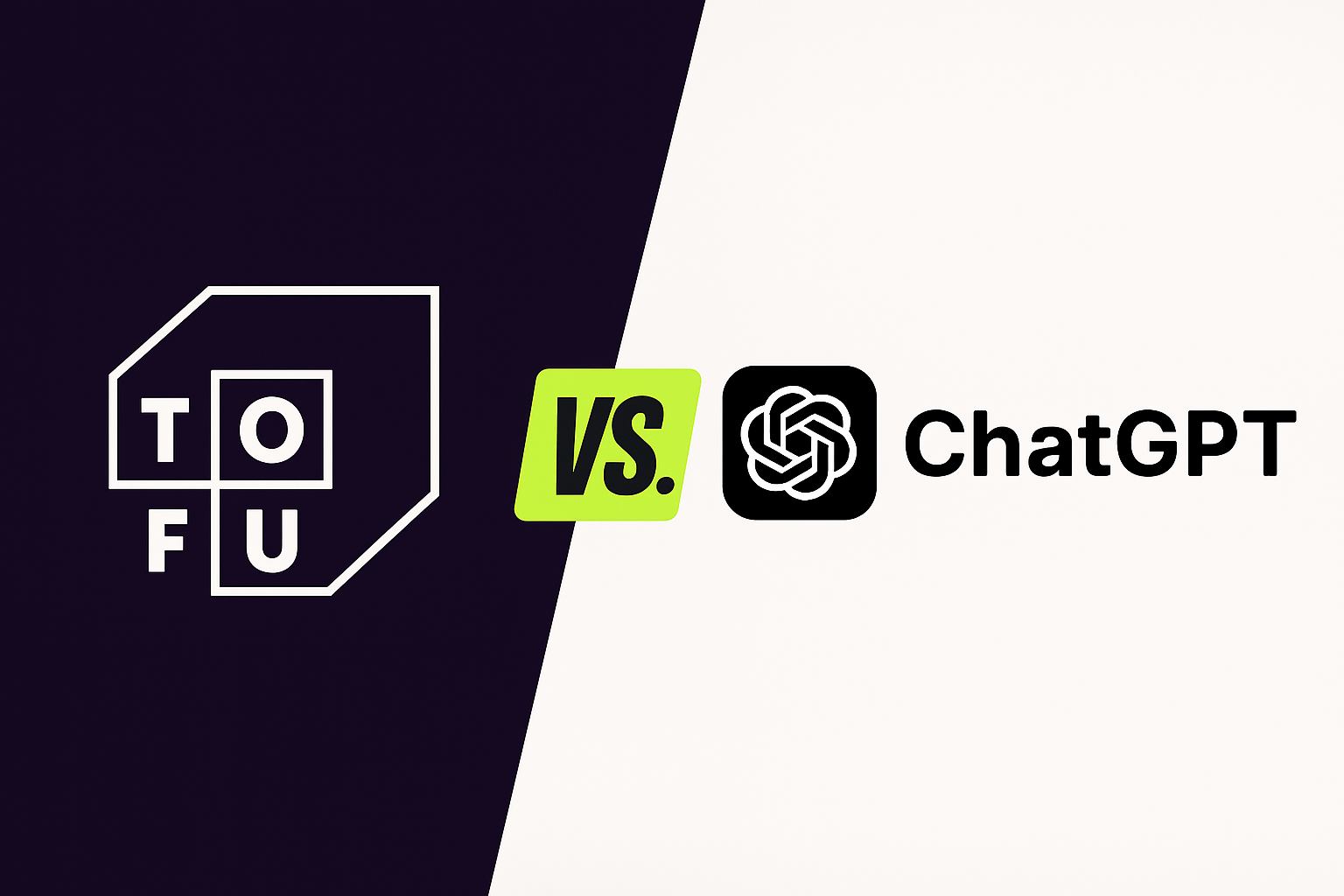
Tofu vs. ChatGPT: Which Should You Use for AI Marketing Campaigns?
For B2B marketers, generative AI is no longer optional—it’s essential. ChatGPT offers broad capabilities at a low cost. Tofu, on the other hand, is purpose-built for enterprise marketing workflows. Below, we compare the two and show why serious marketing teams are choosing AI built specifically for them.
.svg)
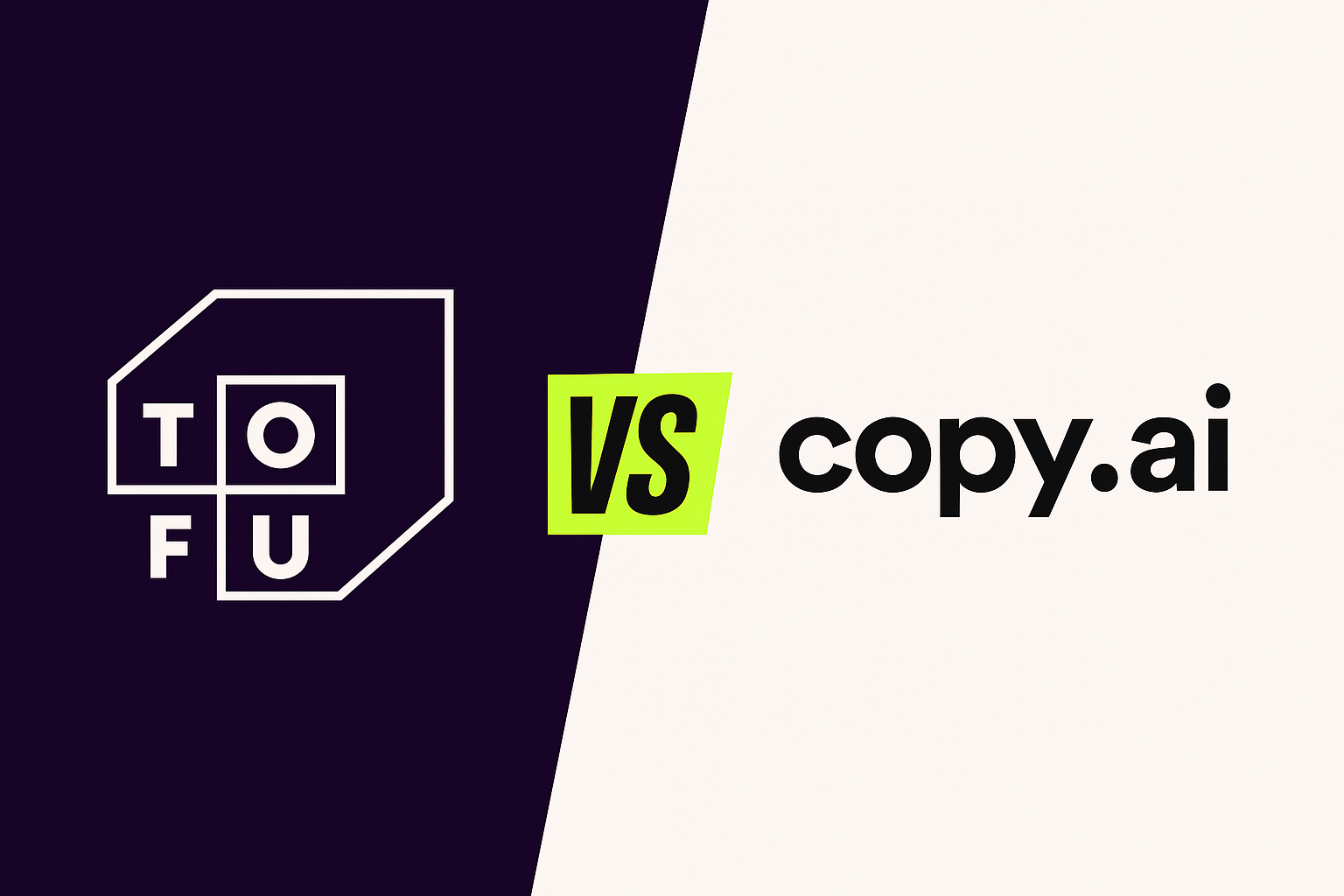
Tofu vs. Copy.ai: Which AI Marketing Platform Comes Out on Top?
Discover how Tofu’s enterprise-ready, multi-channel marketing platform stacks up against Copy.ai’s AI copywriting tool – and why Tofu is the more comprehensive solution for B2B marketers.
.svg)
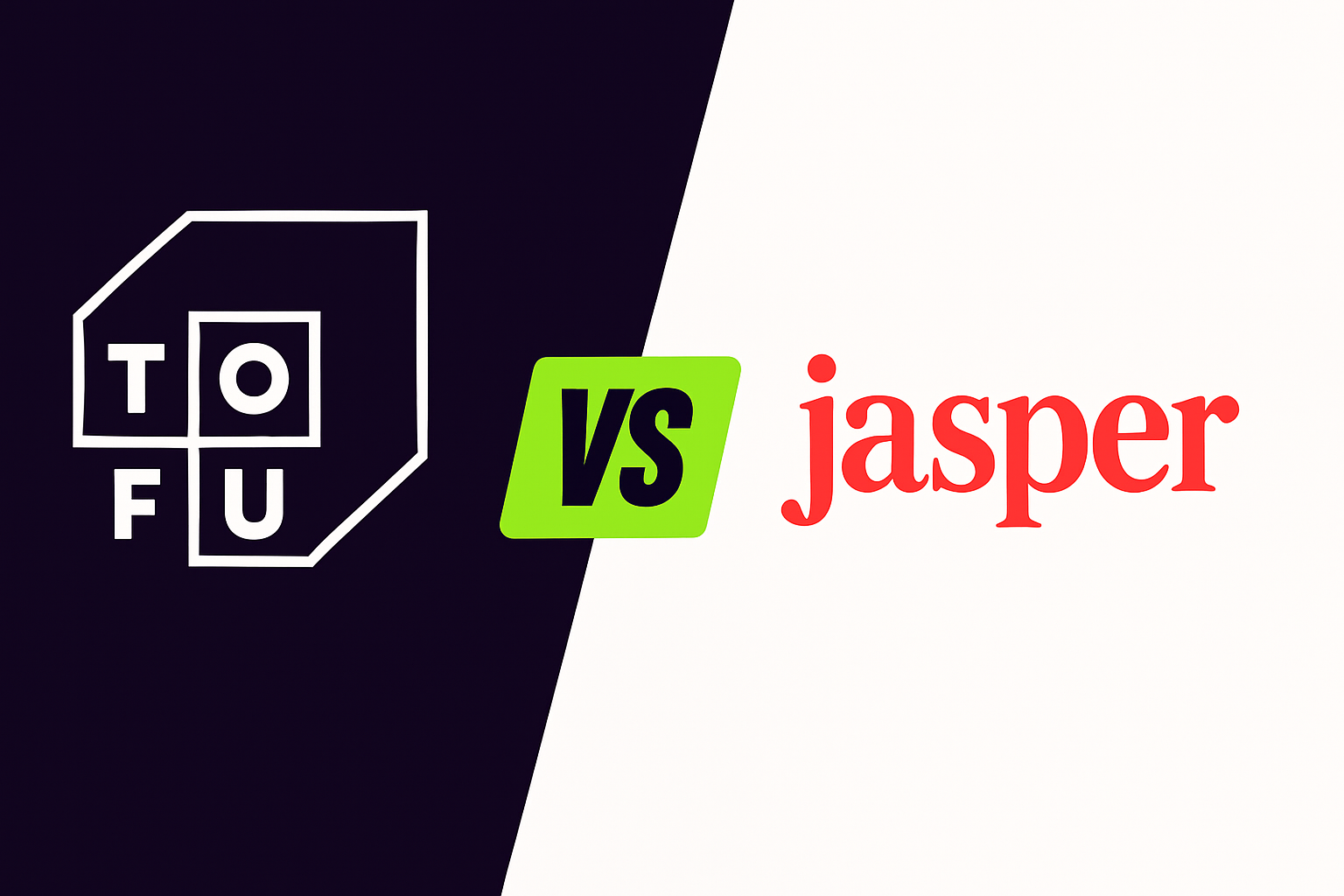
Tofu vs. Jasper: Which AI Marketing Tool is Best?
Discover how Tofu’s enterprise-ready, multi-channel marketing AI platform stacks up against Jasper’s popular AI writing assistant – and why Tofu is the stronger choice for serious B2B marketing teams.
.svg)
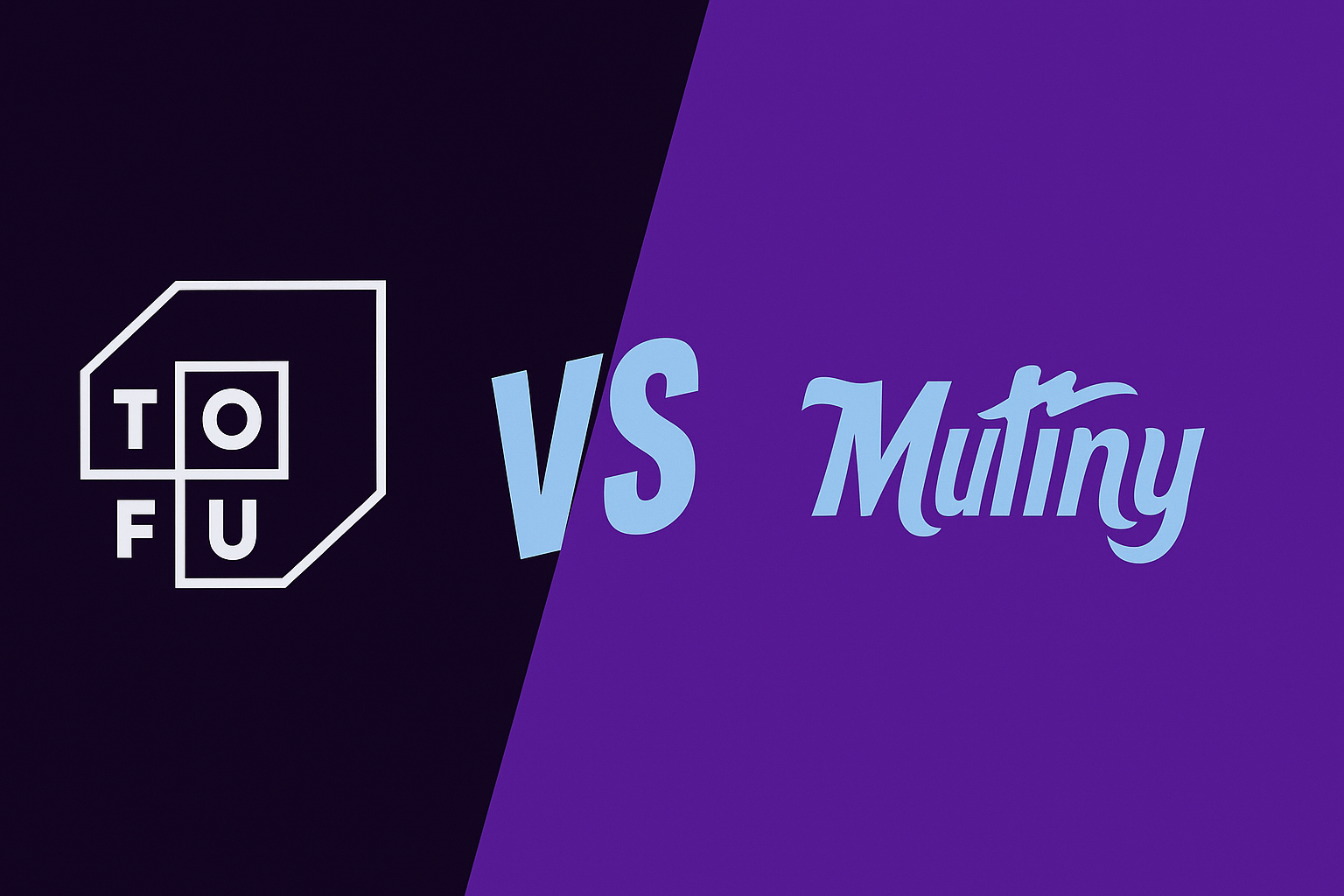
Tofu vs. Mutiny: Which is Best for ABM Campaigns?
Tofu vs Mutiny: Which ABM platform comes out on top? Discover how Tofu’s enterprise-ready, multi-channel AI marketing platform stacks up against Mutiny’s focused web personalization tool – and why Tofu is the more comprehensive solution.
.svg)
.png)
Tofu vs. UserLed: Which ABM Platform Should You Use?
Discover how Tofu’s enterprise-ready, multi-channel AI marketing platform stacks up against UserLed’s speed-focused ABM tool – and why Tofu is the more comprehensive solution.
.svg)

Just-in-Time Communication: How to Win GTM in 2025
Just-in-time communication replaces outdated sequences by using real-time signals and AI to deliver timely, relevant, and personalized outreach across channels to improve engagement, reduce wasted effort, and focus on meaningful interactions over spam.
.svg)
Want to give tofu A try?
Request a custom demo to see how Tofu can supercharge your GTM efforts.
ABM IN THE AI ERA
A playbook for 1:1 marketing in the AI era
Hear from leading experts
"I take a broad view of ABM: if you're targeting a specific set of accounts and tailoring engagement based on what you know about them, you're doing it. But most teams are stuck in the old loop: Sales hands Marketing a list, Marketing runs ads, and any response is treated as intent."

"ABM has always been just good marketing. It starts with clarity on your ICP and ends with driving revenue. But the way we get from A to B has changed dramatically."
.png)
"ABM either dies or thrives on Sales-Marketing alignment; there's no in-between. When Marketing runs plays on specific accounts or contacts and Sales isn't doing complementary outreach, the whole thing falls short."

"In our research at 6sense, few marketers view ABM as critical to hitting revenue goals this year. But that's not because ABM doesn't work; it's because most teams haven't implemented it well."
.png)
"To me, ABM isn't a campaign; it's a go-to-market operating model. It starts with cross-functional planning: mapping revenue targets, territories, and board priorities."

"With AI, we can personalize not just by account, but by segment, by buying group, and even by individual. That level of precision just wasn't possible a few years ago."
%201%20(1).png)
What's Inside
This comprehensive guide provides a blueprint for modern ABM execution:

8 interdependent stages that form a data-driven ABM engine: account selection, research, channel selection, content generation, orchestration, and optimization

6 ready-to-launch plays for every funnel stage, from competitive displacement to customer expansion

Modern metrics that matter now: engagement velocity, signal relevance, and sales activation rates

Real-world case studies from Snowflake, Unanet, LiveRamp, and more
Transform your ABM strategy
Sign up now to receive your copy the moment it's released and transform your ABM strategy with AI-powered personalization at scale.
Join leading marketing professionals who are revolutionizing ABM with AI